An introvert's guide to creating things people want
Understanding people and how they want is challenging. We have more information than insight and less time than ideas. Let's tackle those!
Ended
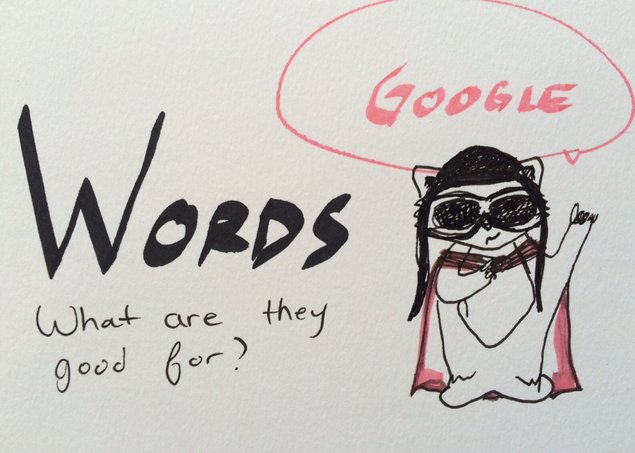
Newly-minted words are the trademark of trending, crucial areas.
They allow people immersed in the work to speak to each other in more nuanced ways... and feel like jargon or confusion to everyone else.
On a practical level, for someone looking to apply it in their work, what are these words good for?
Words are, like breadcrumbs in a forest, a way of searching for...
+ specialist employees, and consultants
+ groups to get involved with or learn more
+ resources, tools, and perspectives
This far more useful than obsessing with the syntax or specific definitions.
....But, where I see words having truly powerful impact is on the meta-level! They allow us to:
+ become aware of the biases and advantages of different approach
+ choose strategies with intention, rather than by accident or tradition
+ bring attention to different levels of scale, plans of attack, and ways of being
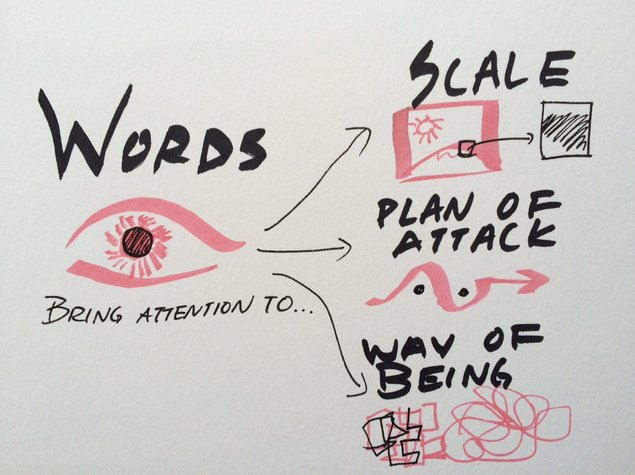
These new, specific terms bring attention to...
+ scale, enabling us to zoom in to details and out to the bigger picture of business
+ plan of attack, letting us choose how we'll go to market, surfacing our assumptions and resources
+ way of being, questioning how we "know" anything and the ways in which can learn more
SCALE
Some terms refer to zoomed in details while others refer to the bigger picture -- each level of detail points out different problems and invites different kinds of solutions.
For example, starting small and zooming out:
- UI: User Interface. Optimise buttons, forms, layout, and other points of interaction.
- Usability. Allow user to efficiently and effectively learn and complete tasks.
- UX: User Experience. Create whole lifecycle that is desirable, useful, and credible.
- CX: Customer Experience. Make a seamless experience between all touch points to the brand/company.
- Impact Map. Build... considering relationships between all stakeholders -- users, customers, business, board, collaborators.
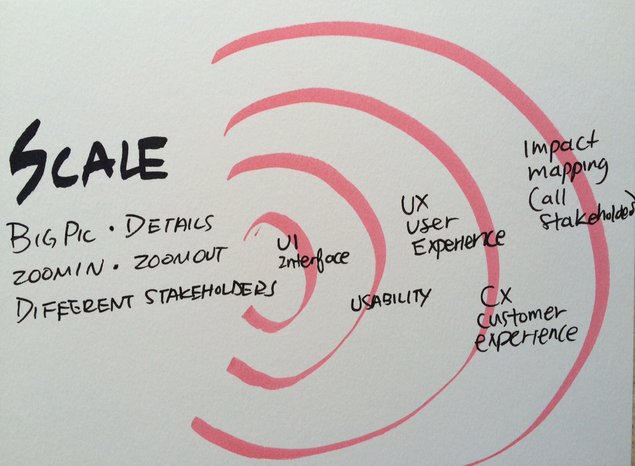
PLAN OF ATTACK
Some terms, like Lean Methodology, bring attention to other ways of launching a new product or business.
While Lean emphasises iterating low-fidelity prototypes, finding true value first, keeping a mindset of experimentation, and working with minimal resources in conditions of uncertainty (about value to customers, new technologies, competitors)... other plans of attack might work in more certain environments or with more resources.
For example, companies who have a reputable brand and considerable resources often try the "build it, (market it heck out of it), and they will come" strategy. This applies to most consumer products, but even more so to mouthwash (bad breath was invented to sell it), black pearls (much easier to find than white pearls), and diamonds (didn't always have a connection to love.)
Some companies operate in conditions of relative certainty, so they might choose to repeat what they have always done. If they innovate, they might be able to simulate results digital -- for example, those who build skyscapers might keep building skyscrapers and use a physics engine.
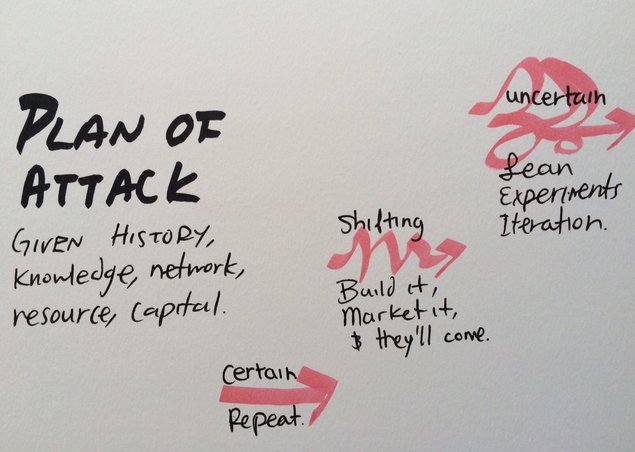
WAY OF BEING
Finally, some terms, like Design Thinking, bring attention to the different ways of trying to learn more about the world.
Design Thinking emphasises qualitative information, like personal open-ended interviews with the user or customer, rather than large amounts of survey data. Design Thinking embraces seemingly outrageous ideas, and allows for leaps of faith or insight, rather than requiring proofs upfront.
In contrast, traditional critical thinking wants lots of tangible, numerical data, and to eliminate or promote ideas methodically, questioning knowledge at every step.
Introspection focuses inward, on one's own needs, problems, and desires, and extrapolates those to other people.
Tradition assumes that what's worked well will continue to work, and follows processes step-by-step.
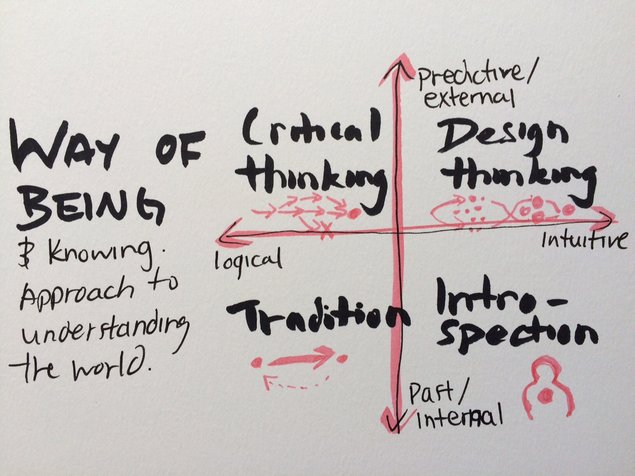
All of these concepts are mixed-up hybrids or one or another. There's no single objectively winning strategy. And, aside from being a Google-aid, the exact semantics of a term is not useful to someone new.
Instead, this abundance of words reminds us to notice the biases and advantages of whatever we do -- it makes us aware that how we think, ideate, or execute are all CHOICES we consciously make.
That's the most powerful part for me!
Angela O